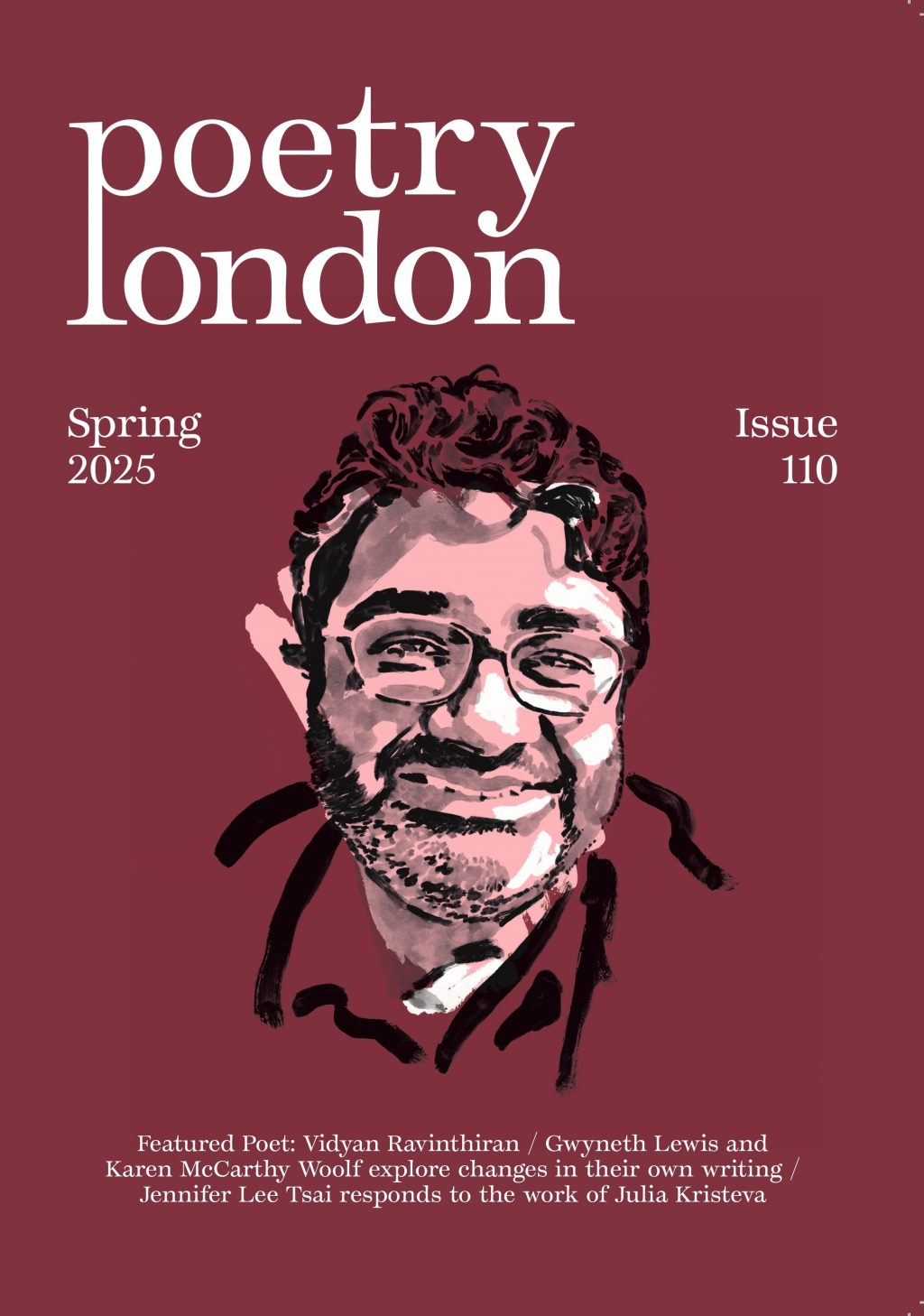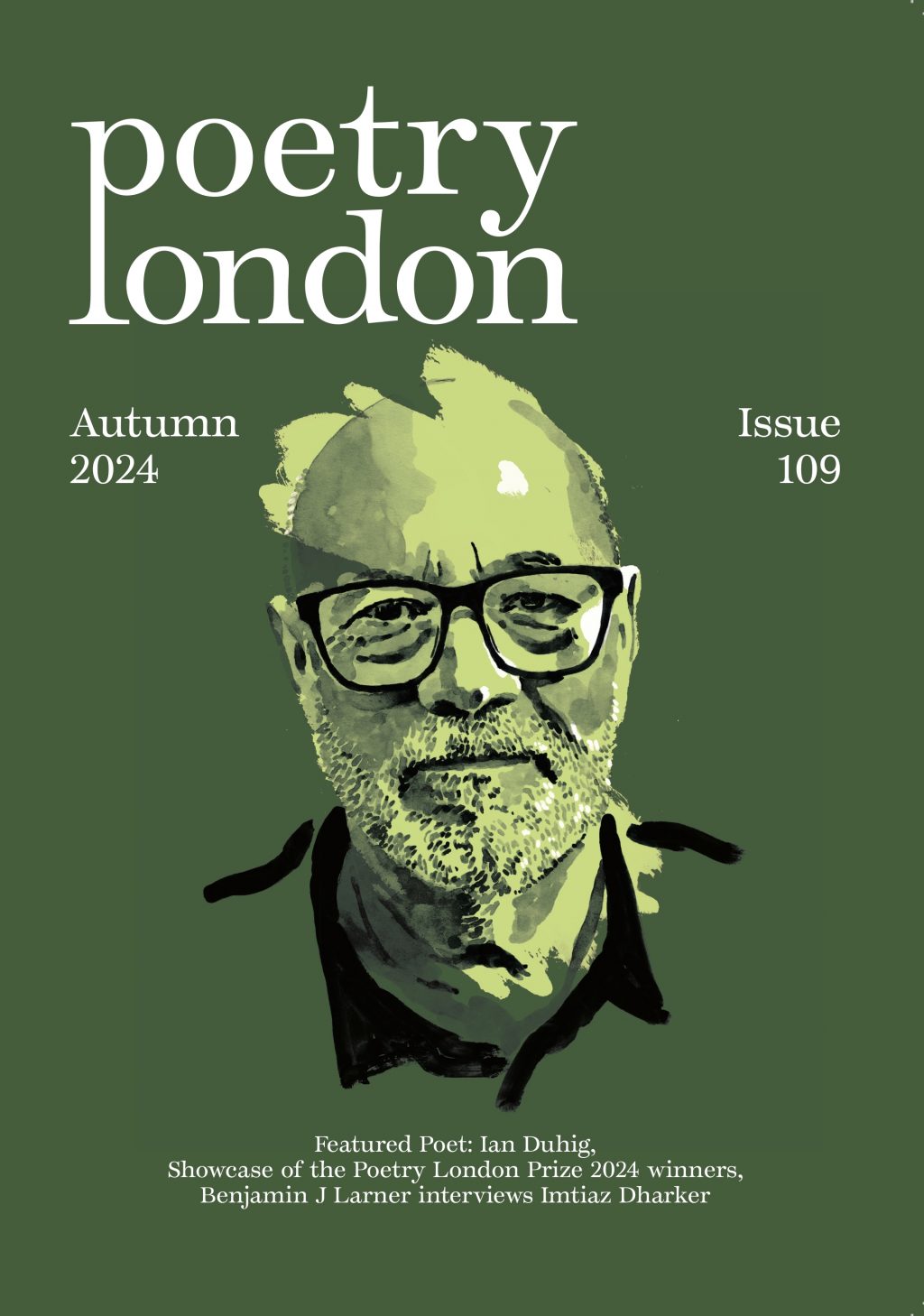An ‘I’ For An ‘I’: the vanishing self in lyric poetry by Chrissy Williams
Sophie Collins
Who is Mary Sue?
Faber £10.99
Oli Hazzard
Blotter
Carcanet £9.99
Sophie Collins’s début collection Who is Mary Sue? assembles many different types of text – poetry (both lineated and prose poetry), prose (part essay, part notation), quotations, and an image – in a thought-provoking exploration of what the ‘self’ is in poetry. The collection hangs around the title section, which opens with this:
Coined by Paula Smith in 1973, ‘Mary Sue’ is a pejorative term used
by writers and readers of fan fiction to describe protagonists who
are believed to be thinly disguised versions of the fan fic author’s
idealised self.
There is no outright consensus as to Mary Sue’s character type.
Invariably, however,
Mary Sue is female;
she is said to be difficult to identify with, poorly constructed,
without depth;
she is associated with narcissism and/or wish fulfilment.
Collins handles most of the more prose-like sections in this way, using poetic tools such as the line-break, dividing up the text for emphasis. The content of this extract has immediate implications for the authors of apparently autobiographical poems, and perhaps any poet who writes in the first person. Are we all just writing idealized versions of ourselves?
The first section, ‘Preface’, operates largely through juxtaposition, offering the reader a piece of prose, an image, and five individual poems. The first bit of prose introduces some of the collection’s themes, such as unconventional ways of incentivizing readers and the fear of misrepresentation. The first short-lined poem, ‘Dear No. 24601’, is written in the first person, in the voice of a twin who confuses herself with her sister, and considers the significance of names. The poem’s title, substituting a name for a number, dehumanizes the text beneath it. Collins works to destabilize the authorial ‘I’ and this is continually reinforced by other poems. The next poem is an act of self-erasure, paradoxically still articulated in the first person:
I don’t matter.
I am a blemish,
a fragment,
an apartment.
I am a multiplication
and a made-up belief.
I am nothing for days afterwards.
(‘Beauty Milk’)
It is common practice now in reviews to talk only about ‘the speaker’ of a poem, rather than the poet, but Who is Mary Sue? is so focused on this subject, drawing on so many different sources, that it is a useful milestone in the discussion of authorial selfhood in poems, and particularly in lyric poetry. At times it seems the work performs unattributed homages to other poets (eg ‘Bunny’ seems to be in dialogue with Selima Hill’s Bunny, ‘in the house with the dust’). At other times it seems in the vein of Maggie Nelson’s confident personal prose, or Nuar Alsadir’s self-aware collaging, and perhaps also Claudia Rankine’s rebranding of the lyric in Citizen, which is largely given through the juxtaposition of (often prose) text and image.
The title section features a series of quotations from different female writers responding to gendered questions (from interviewers referred to only as ‘interviewer’, becoming a single questioning repetitive anonymous presence) about whether their work is just a manifestation of their own selves. The texts share examples of how women’s work is repeatedly minimized in academic and critical environments, illustrating that the impulse to judge a writer on the grounds of their work’s perceived authenticity is an extension of a broader system of oppression. Each quotation is set out on a different page, again using poetic tools of presentation to work with the text, and their cumulative effect is not one of a lecture, but rather of illumination.
The following section in ‘The Engine Continued’, a sequence of prose poems, gives us another slant too, identifying the basic human impulse to see ourselves in our landscape (and by implication in our texts) and questions the function and effect of this:
I see faces in objects so frequently. Is this empathy? A door handle,
a gate, a bony rock, a refuse sack, a tree, a church, a glove, a button,
an icon …
On an oriental lamp base a floral design becomes a kind of ugly
peony bonnet baby, petulant and saccharine.
Engagement with notions of self and empathy are explored throughout the collection, culminating in texts revolving around the erotic novel Story of O, and a section, ‘Postface’, written wholly in the third person. The different texts in their different styles continue to contradict and complement each other, fundamentally destabilizing any coherent sense of self in the poems, until only the ideas remain. Who is Mary Sue? is an excellent and essential exploration of identity, authenticity and authority.
I read the passage again, and I understood it. I understood it, and
I felt the shame rise; I knew that the poet was right; I knew that she was absolutely wrong.
____________________________________________________________
Creating isn’t imagination, it’s taking the great risk of grasping
reality.
(‘A Whistle in the Gloom’)
Oli Hazzard’s Blotter comprises five self-contained sequences each in their own new bespoke form, each one also mingling different types of text to create new poetic works that make for a less complacent, more self-conscious reading experience.
The first sequence, ‘Graig Syfyrddin, or Edmund’s Tump’, mingles notes about hill walking with found texts from online forums about walking – all given in the first person, blurring the lines between found and made text. This acts as a fitting introduction to Hazzard’s interests for this collection – how different texts disrupt but also complement each other, how found texts can interact with organically produced texts, and how something original can be created in the act of curation, from works that did not originate from a conventional authorial ‘self’ at all.
This piece is concerned with walking, discovery and the passage of time. It makes a point at the end of saying it was written in New York (ie not Wales, where it is largely set and where, we are told, the poet used to live) – a simultaneous act of batting away the reader’s belief in an ‘authentic’ first-person voice, whilst also articulating an act of nostalgia through absence. It is impersonal, but it is also personal – a cross between concept and lyric. His lineage comes as much from the Romantics as from the New York School:
on the glossy horizon
(‘the horizon of
glossolalia’)
come in.
Is what already
it day
hill
even weather skim-reads
550’ up over sheep pastures and into wood. Extensive felling
made for a vigorous scramble over fallen boughs and debris to grassy dome. Date is first visit. Notes from later… messy route
but pleasant hill (albeit in mist & near-dark).
(‘Graig Syfyrddin, or Edmund’s Tump’)
The two different texts seem to talk to each other as well as the reader. Weather ‘skim-reads’ the more prose-like sections, and ‘a vigorous scramble’ could be applied descriptively to the more poetic portions. The effect is pleasing, the reader caught up in multiple layers of text and possibilities for reading.
‘March and May’ uses form to embellish a conventional linear way of reading, obliging the reader to flip between left and right hand columns running down the page, teaching us how to navigate the sections in which they overlap. ‘Or As’ presents short pieces of near-identical texts in parallel columns, where the second column’s texts are each a seventeen-syllable erasure of the facing text – erasure that, again, leads to new work. For Hazzard, language is not a shield, but a flexible and malleable tool in which new modes of expression are lurking. The title section, ‘Blotter’, is described as ‘a shepherd’s calendar of sonnets composed of Russian spambot script’. The epigraph is from Elizabeth Barrett Browning’s Sonnets from the Portuguese: ‘Unlike are we, unlike, O princely Heart! / Unlike our uses and our destinies’. Here, Hazzard’s text is the lover who is ‘unlike’, and although it is apparently not generated by the author, it still provides an authentic sense of a self the reader may relate to.
Changed methods of struggle
weakly illuminating the darkness
your love waltz
in a piece of newspaper
wandering deer / form-fitting dress
Otherwise, do not feel the change.
Do not get lost in the branches.
(‘Blotter’)
At a glance this text may feel cut up and disjointed, but there is joy to be had in teasing out meanings and images that occur in the lines. To parallel ‘the darkness’ with ‘your love waltz’, and the ‘dress’ with ‘wandering deer’, is to create a strange, beautiful new dance, and these images are juxtaposed and combined with impressive efficiency (and are even darker and stranger when you also see the preceding lines).
‘Within Habit’ is a collage of texts made from ‘numerous sources’. It is set out in a sequence of prose poems, each divided into two halves, punctuated with vertical slashes. Although the most challenging piece, it may also be the richest, holding a pivotal moment in the collection, in terms of the way Hazzard views authenticity in text:
The officers sat in a
room together to compose without | within. I watch that necessary
aperture | photoshopped into | the language of the family of the
pigment | to be heard. It is in fact a better-than-exact replica because
the missing piece—the bit that was knocked out when they opened
the tomb—we have recreated. So in fact we have made it slightly
more original than the original.
Blotter draws together many different texts and ideas in unpredictable ways, if not ‘making it new’ then making it original. It demands the reader’s full attention, and is an enjoyable and compelling illustration of the wealth of possibilities inherent in language.
Chrissy Williams’s first collection Bear was published by Bloodaxe in 2017.

